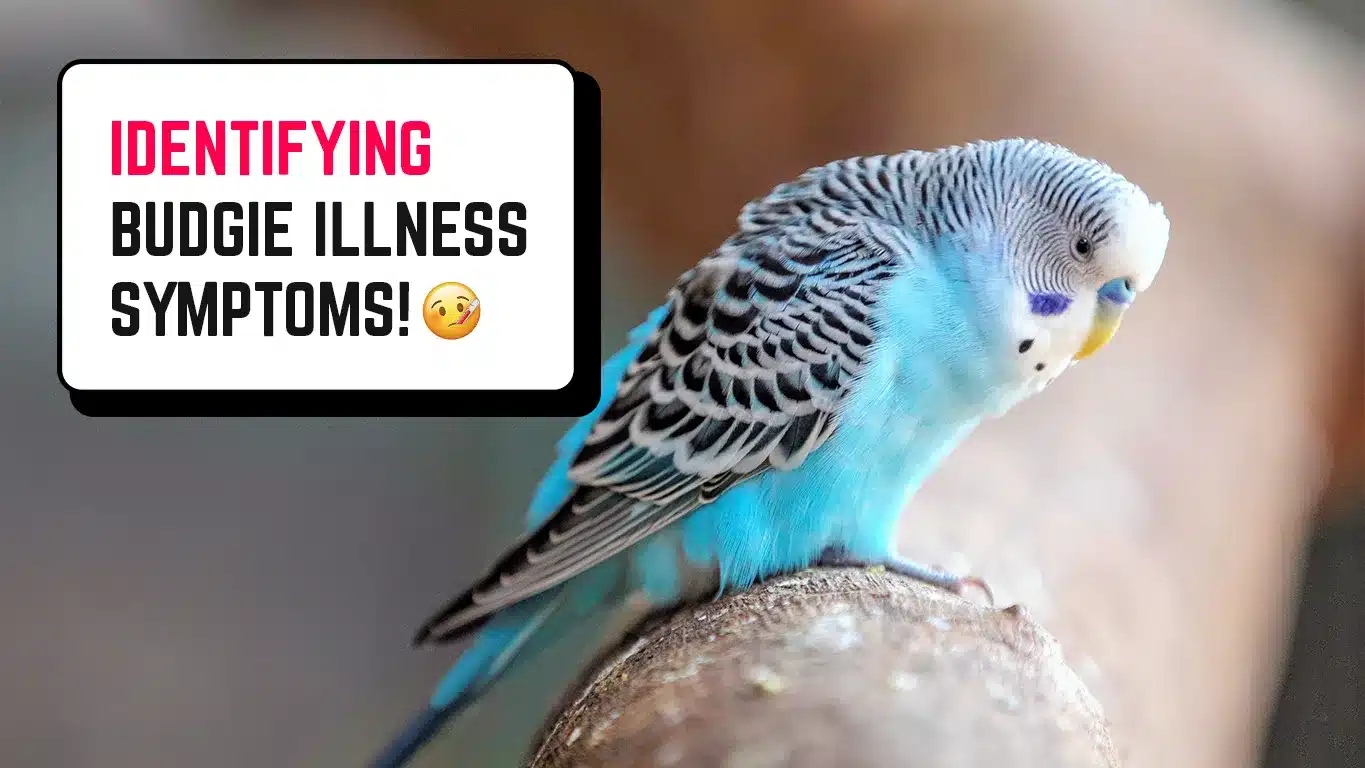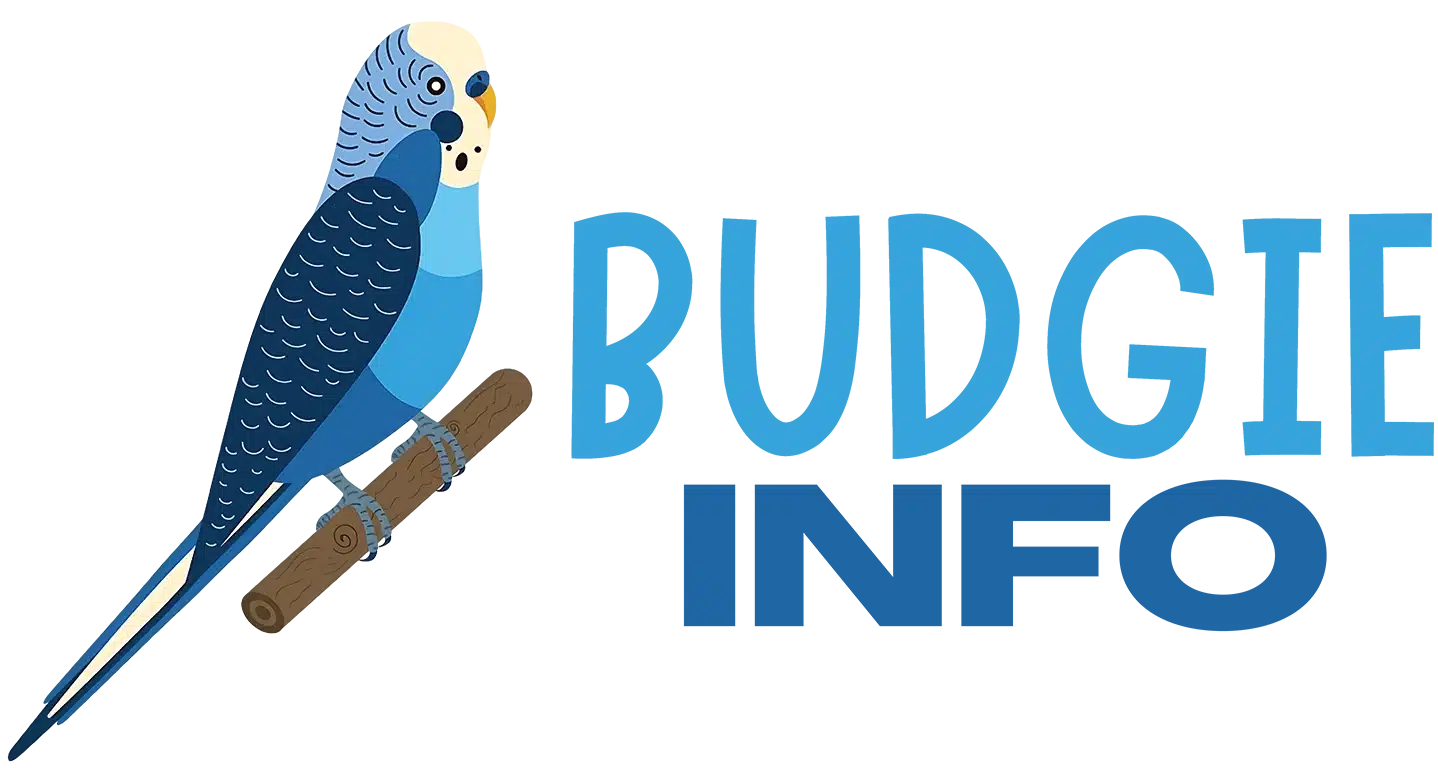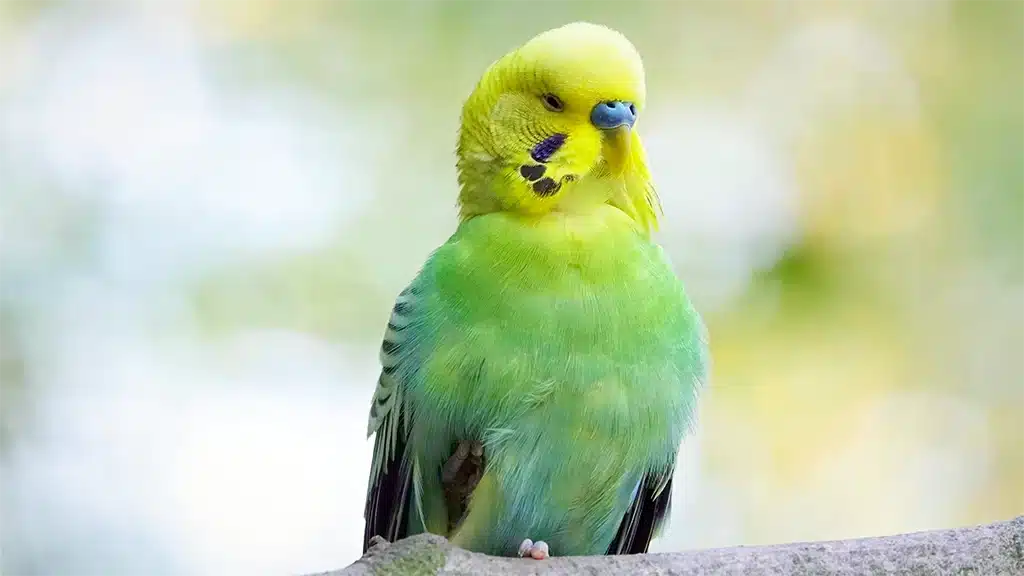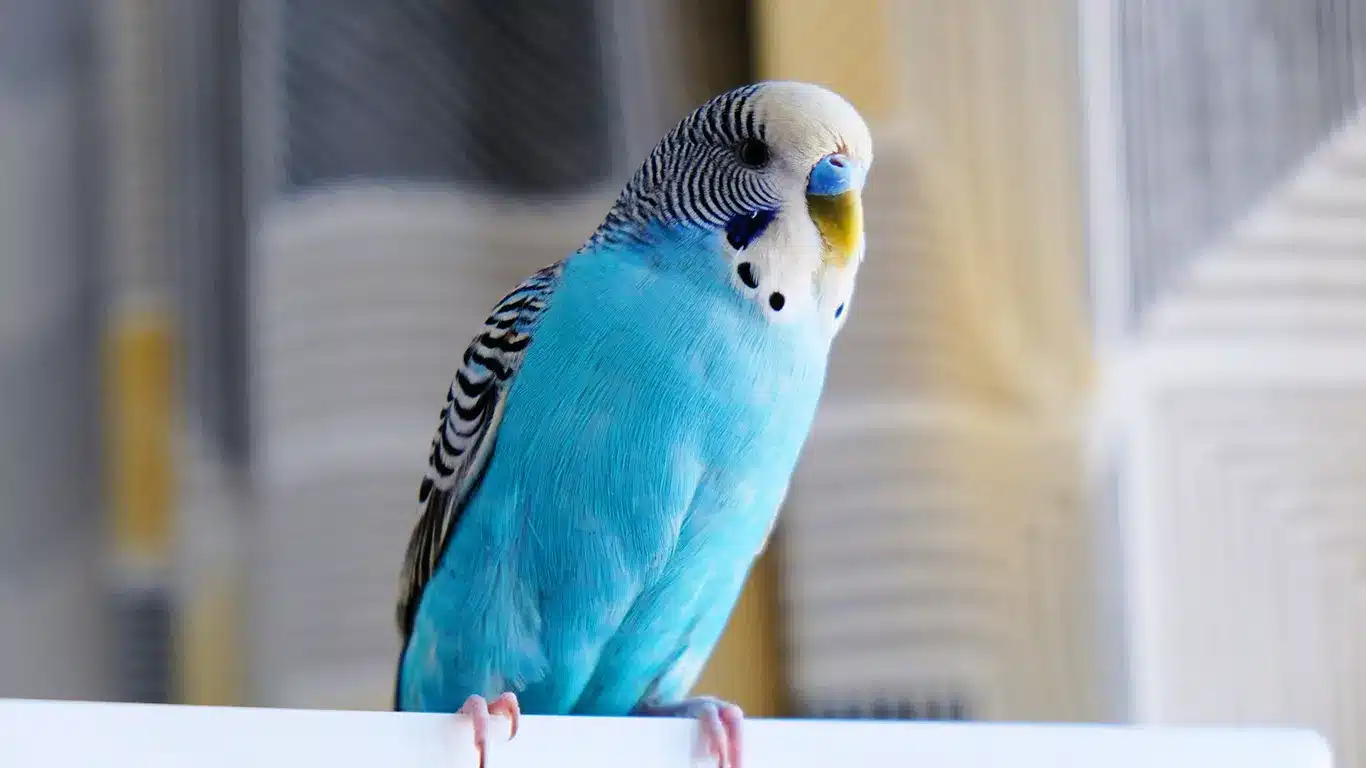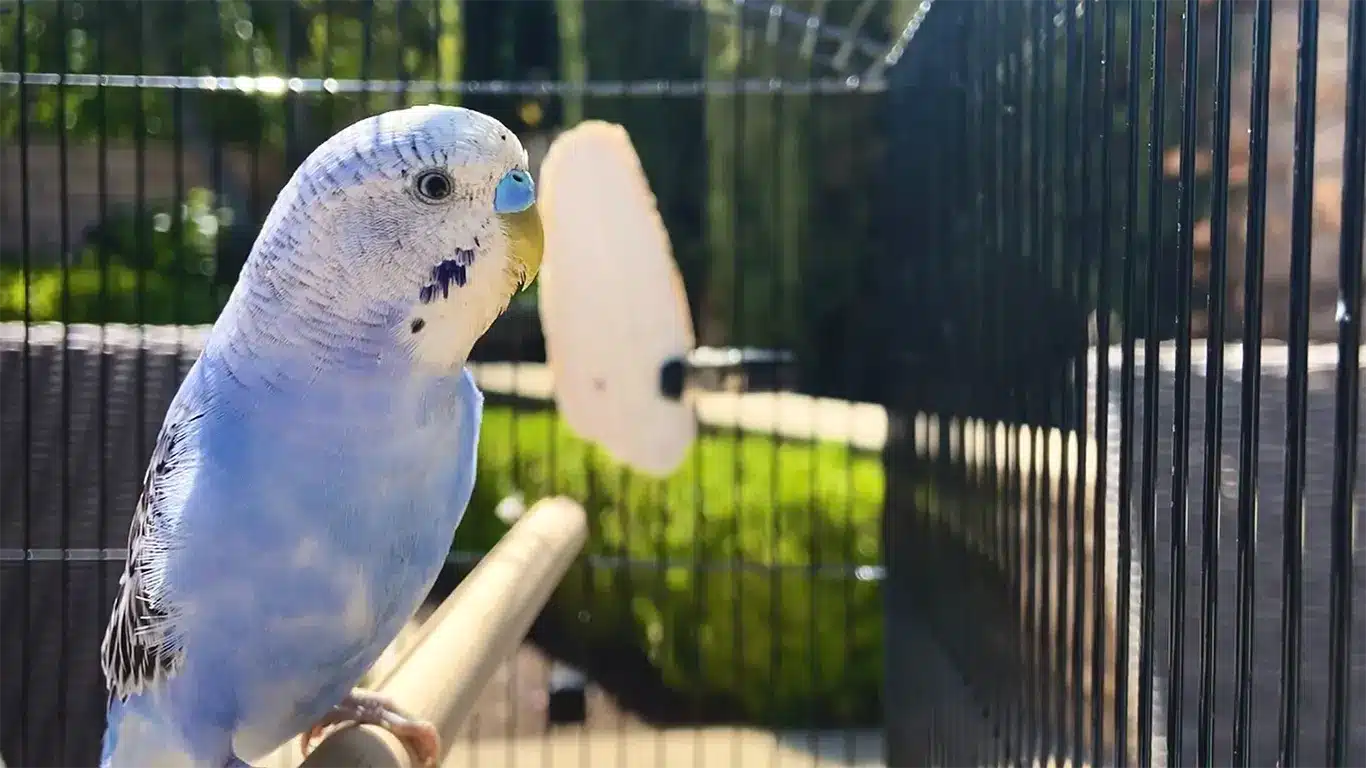FEATURED

14 Surprising Reasons Why Are Budgies Good Pets
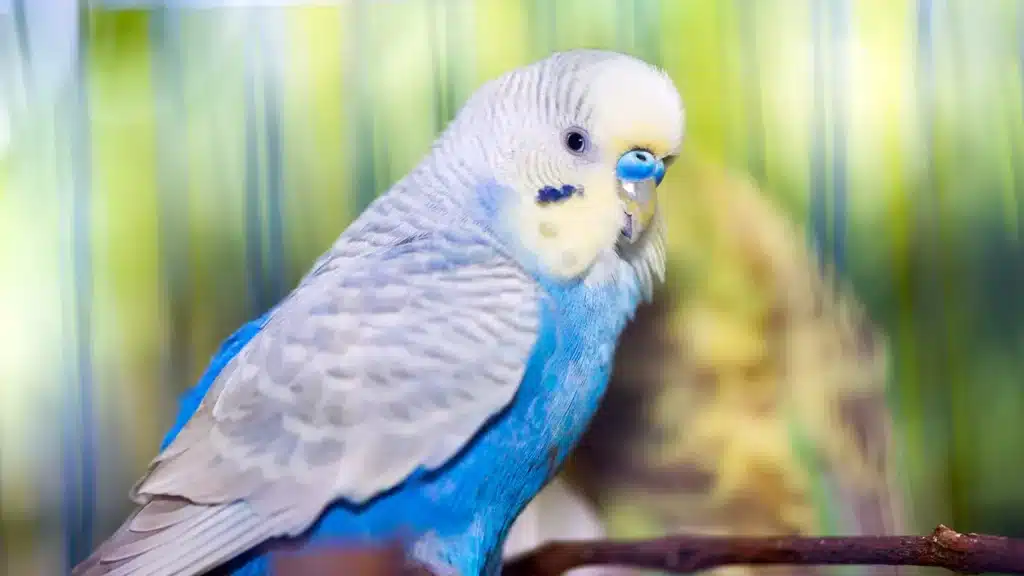
Why Is My Budgie Chirping Quietly?
Vocalization in any form (chirping, chattering, singing, etc) is the communication tool of budgies. Last month, when my budgie switched to a low-tone chattering, I …
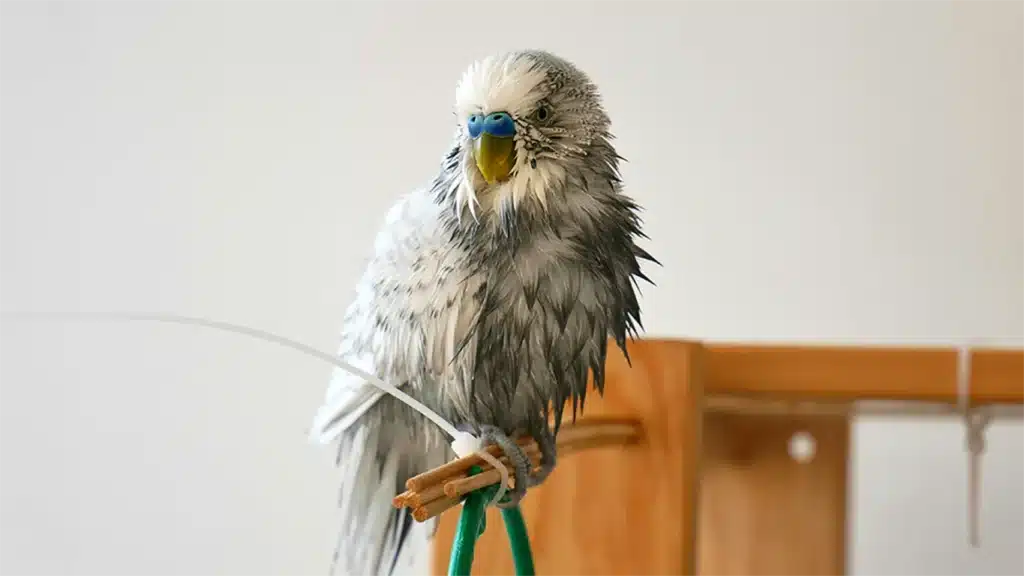
5 Ways to Dry a Budgie After a Bath
Did you know that a wet budgie can be a cold budgie? While bath time is a fun and healthy activity for your feathered friend …
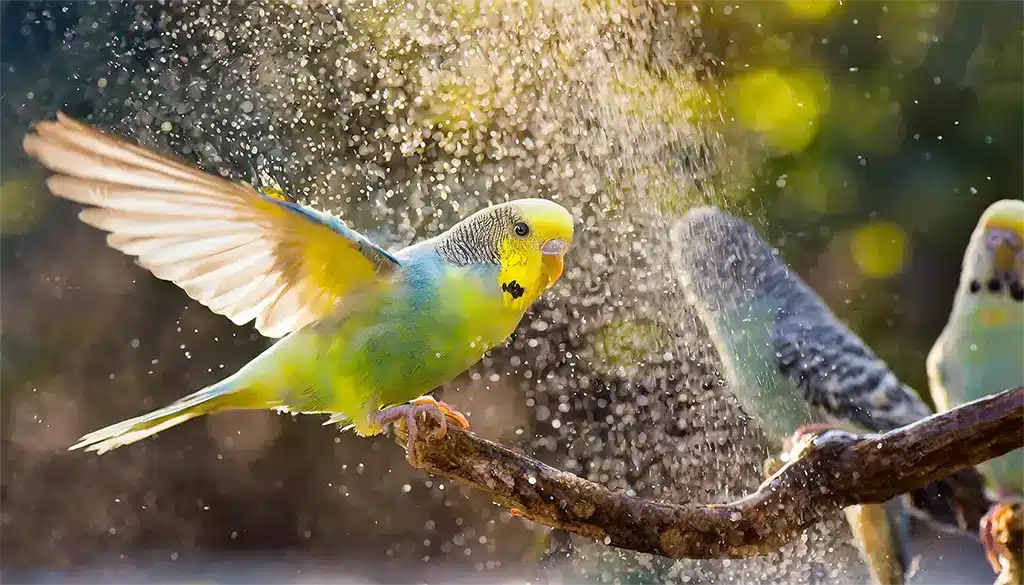
Do Budgies Like to be Sprayed with Water?
Raising the budgies can get confusing sometimes. I mean, should you bathe these birds? Or do they share a hydrophobia like cats? Budgies enjoy gentle …

Are Budgies Loud? Here’s What You Need to Know
The salesman forced me to take a budgie, saying that it was the quietest bird in their collection. And I was naive enough to believe …
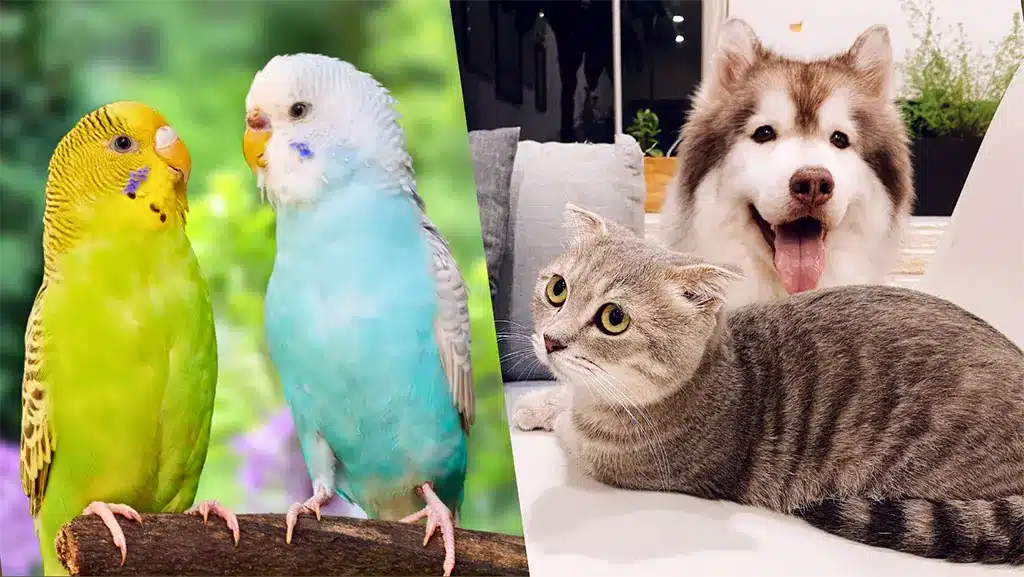
Are Budgies Smarter Than Dogs And Cats? Find Out Now!
Do not treat your budgie like a nobody. You will be shocked after knowing its potential. In fact, rumors are that budgies can beat cats …
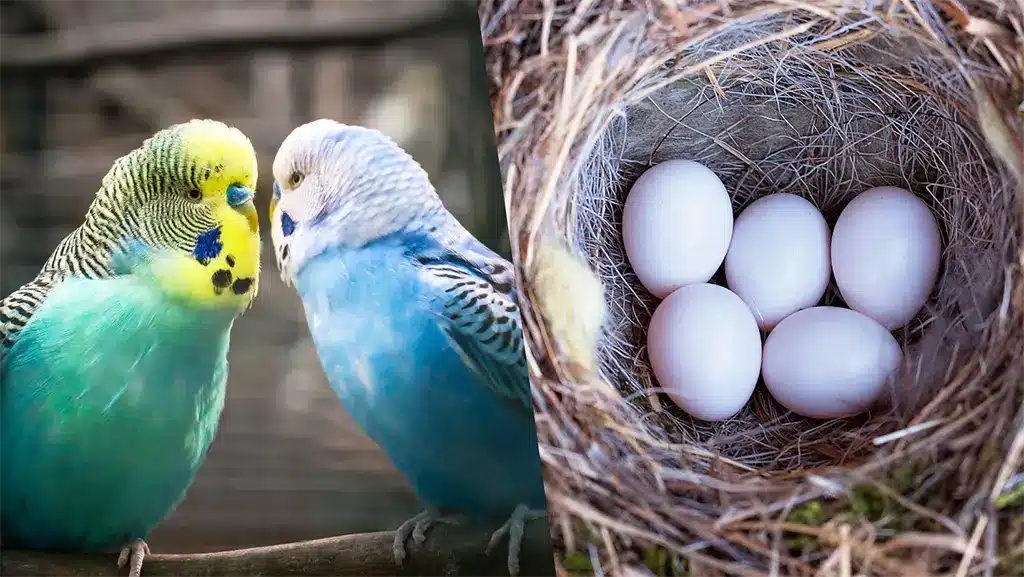
How Many Eggs Do Budgies Lay? (4-8 Eggs & Key Factors)
When the breeding period starts for a budgie, you as a budgie owner may start wondering about a lot of things. Among those, one of …
Read More From Our Blog
